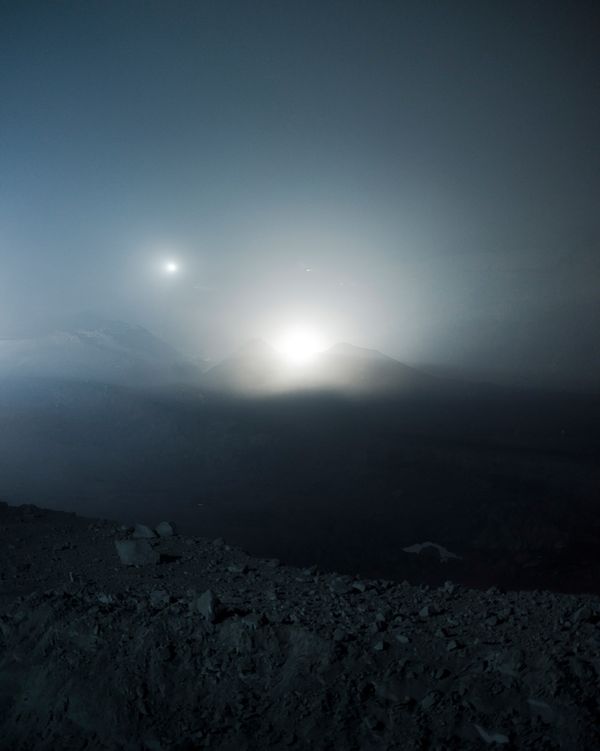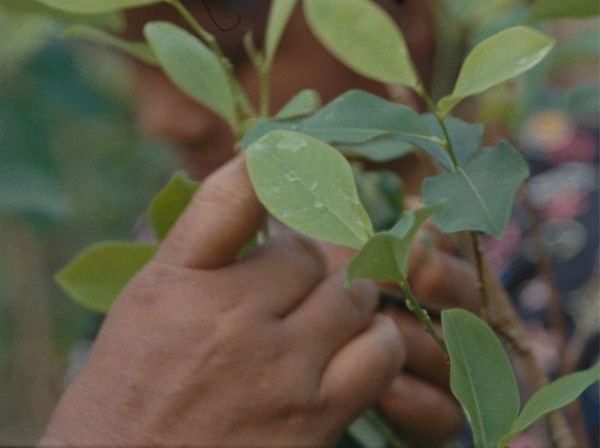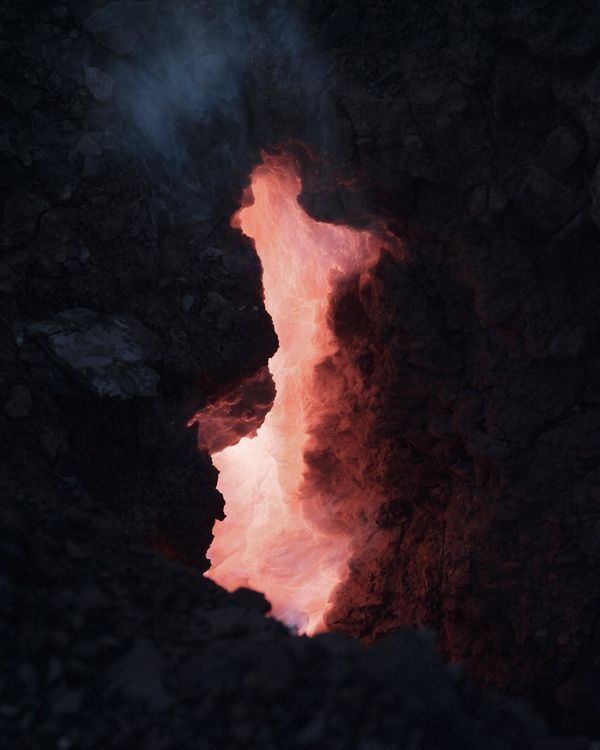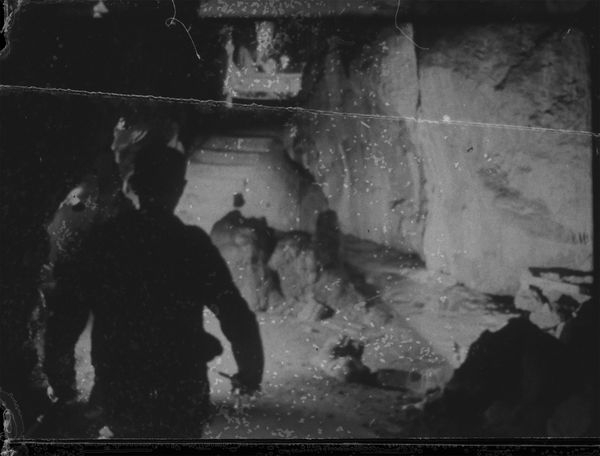After Nature. Ulrike Crespo Photography Prize 2024 at C/O Berlin
-
Opens14 Sep 2024
-
Ends22 Jan 2025
-
Link
- Location Berlin, Germany
How do we view nature today, when its condition is indivisibly interwoven in the social and political expressions of our way of life? C/O Berlin proudly presents the double exhibition of the After Nature. Ulrike Crespo Photography Prize 2024 winners.
Overview
In their prize-winning projects, Laura Huertas Millán (b. 1983, Colombia) and Sarker Protick (b. 1986, Bangladesh) explore from different perspectives and geographical contexts how colonial structures continue to shape our contemporary relationship to nature today. They share a profound interest in the history and origins of our relationships to the world. By melding the historical and the contemporary, they consider global contexts and help their viewers to see the visual mechanisms in play when ideas of nature in photography and visual media are expressed.
The double exhibition of the two prizewinners Laura Huertas Millán and Sarker Protick is curated by Katharina Täschner, Junior Curator at C/O Berlin. An accompanying publication will be published by Hartmann Books.
Awngar by Sarker Protick
Bangladeshi photographer Sarker Protick spans a range of temporalities in his exhibition অঙ্গার . Awngar. Protick reveals the connection between the history of colonization across the Indian subcontinent and the ongoing exploitation of the individuals and ecosystems of this region by exploring the historic region of Bengal, which includes Bangladesh and parts of present-day India.
In this, his photographic investigation resembles field research. Like many of his works, অঙ্গার . Awngar is a long-term project. The focus is the nineteenth-century establishment of a train network and the coal mining under the colonial domination of the British Empire.
For Awngar, Protick embarked on journeys to sites in India and Bangladesh including Narayankuri, West Bengal, where one of India’s oldest mines is located, and Hardinge Bridge, a 1.6 kilometer long railway bridge in Bangladesh. This hallmark project was constructed between 1910 and 1915, stretching across the Padma River. Even today, it is an essential part of the railway infrastructure and thus plays a significant role in transporting workers and export goods. At the same time, this infrastructure evokes the brutal history of the Partition of Bengal.
Protick’s photographs show the dystopic coalfields hulled in debris and dust clouds, disused dead-end railroad lines, and ruins and relics of late capitalism that recollect once-flourishing industries. His meticulously composed, minimalist compositions sensitize the eye for spaces and landscapes emptied of human presence. He works primarily with natural light sources, creating delicate pastel tones that evoke a poetic, seemingly timeless atmosphere. When depicting other subjects such as the imposing Hardinge Bride, he makes use of an abstract black-and-white graphic aesthetic.
Seemingly effortlessly, Protick succeeds in uniting apparent contradictions, such as the loss of resources and livelihoods in capitalism’s constant hunt for growth. In Bengali, অঙ্গার (Awngar) not only denotes coal as a material, but also references the material as a constant in the Earth’s depths, which glows from within and can smolder eternally beneath the surface. In this, the term symbolizes the colonial history of the British Empire as well as the capitalist structures reinforced today by privatized construction companies and large corporations. The artist’s precise and atmospheric visual language presents the global, geopolitical, and historical dimensions of imperialism and its effect on the climate crisis.
Curanderxs by Laura Huertas Millán
The coca plant is one of the world’s most controversial plants. In the West, it is primarily associated with the recreational drug cocaine, which was first produced in Europe in the nineteenth century and has given rise to a violent system of drug trade and abuse. The plant’s healing and stimulating properties have endowed it with cultural and spiritual significance for the indigenous population of the Andes region, yet this fact has gone rarely mentioned in history books, pointing to the Western hegemony of knowledge among other factors. Since 2018, Colombian filmmaker Laura Huertas Millán has examined the coca plant in her work.
Her exhibition, Curanderxs (Spanish for “healers”), includes the eponymous multi-channel projection newly produced in 2024 as part of the After Nature . Ulrike Crespo Photography Prize as well as two further video installations. In her new work, Huertas Millán takes the initial prohibition of the coca plant by the Spanish while colonizing Latin America and develops a speculative narrative with a group of femmes who secretly distribute coca leaves in the seventeenth century. In response to the limited existing sources, the artist uses fiction as a strategy to imagine a fragmentary narrative about the colonialist appropriation of nature. Using an aesthetic of early silent films that references the archive’s silence, bold actors emerge from the dark depths of underground landscapes, offering support to enslaved indigenous workers by secretly distributing coca leaves.
In El Laberinto (2018), Huertas Millán combines found footage and her own 16-mm films made in Colombia. The film traces the labyrinthine memories of Cristobal Gómez Abel, who worked for drug barons in the Colombian Amazon during the 1980s. It travels through the forest and the ruins of a narco villa which is modelled on the one shown in US 1980s soap opera Dynasty. The artist’s visual language creates an immersive space to explore topics including trauma, salvation, and a search for identity.
Finally, the film projection Para la Coca (2024) examines contemporary ritual use of the coca plant in Colombia’s indigenous community, beyond assigned colonialist meanings and criminalization. Once again made in collaboration with Gómez Abel, the film tells the myth of the Murui who see the coca plant as a deity in the form of a girl who teaches his community about how to ethically use the plant. The film underscores the importance of respecting and preserving these cultural practices.



